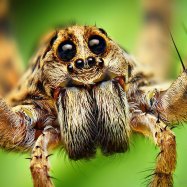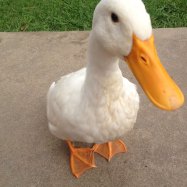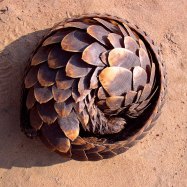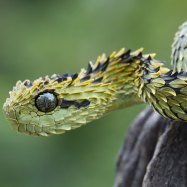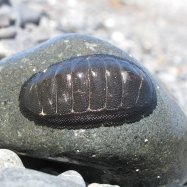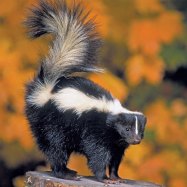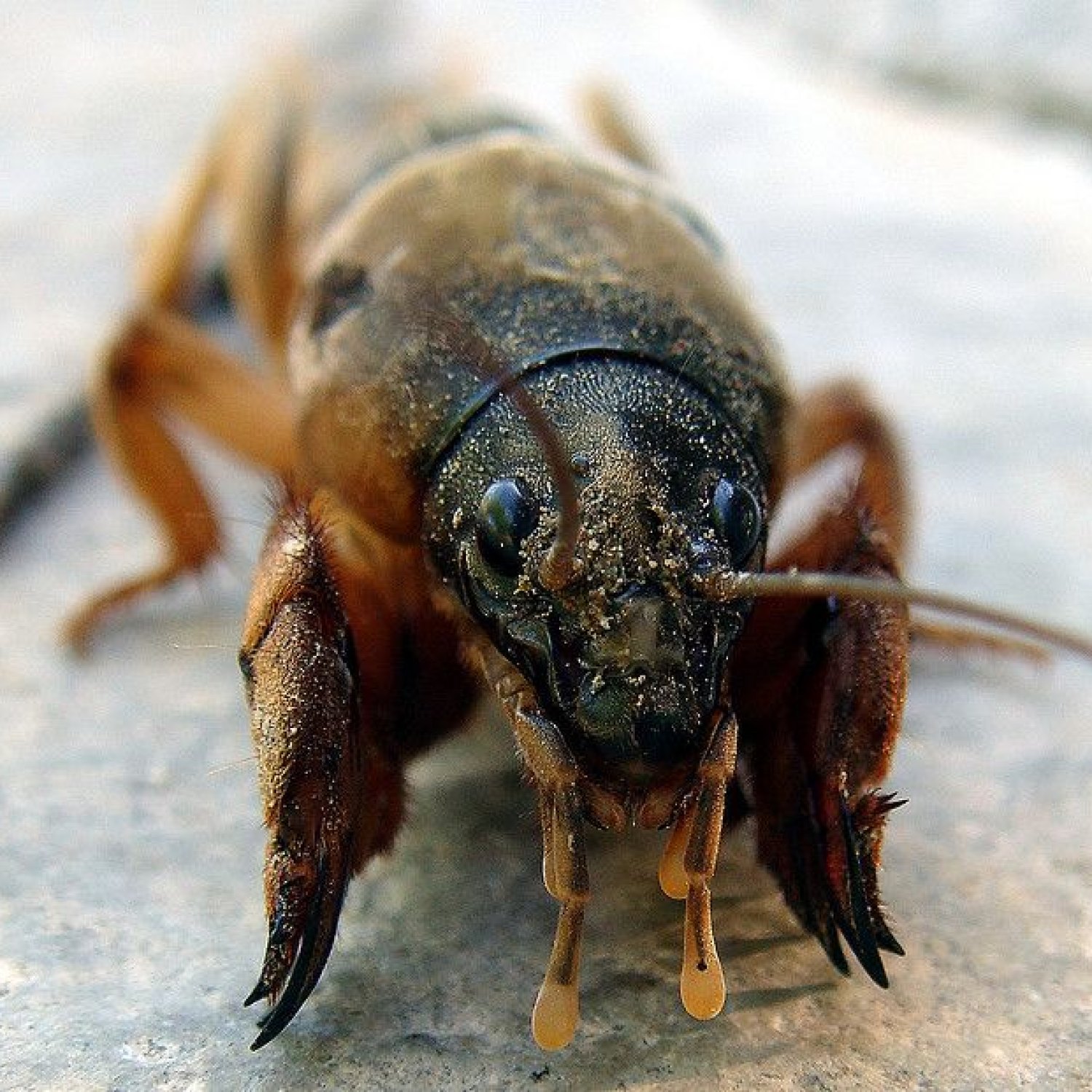
Mole Cricket
2 to 5 cm
The Mole Cricket, a cylindrical-shaped insect from the Gryllotalpidae family, can be found in various locations around the world. Ranging from 2 to 5 cm in length, these creatures may seem small but are known for their loud chirps and ability to cause damage to crops. Learn more about these curious creatures and their habits to better understand their role in the ecosystem. #MoleCricket #Gryllotalpidae #Insects #AnimalFacts
Animal Details Summary:
Common Name: Mole Cricket
Kingdom: Animalia
Habitat: Underground burrows
The Fascinating World of Mole Crickets: Tiny Insects with Incredible Abilities
In the vast kingdom of Animalia, there are countless creatures that share our planet with us. Some are big, some are small, some are seemingly ordinary, and some are extraordinary. And then there are those that are often overlooked or misunderstood, like the mole cricket. These tiny insects, with the scientific name Gryllotalpidae, may not be as well-known as other animals, but they have some pretty amazing features that make them worthy of our attention Mole Cricket.Before we dive into the fascinating world of mole crickets, let's get to know them a little bit better. These insects belong to the phylum Arthropoda, which means they have jointed legs and a segmented body. They are also part of the class Insecta, which is the largest class of arthropods. This means they have six legs and a three-part body consisting of the head, thorax, and abdomen. Mole crickets are also members of the order Orthoptera, which includes other insects like grasshoppers, crickets, and katydids. And as their scientific name suggests, they belong to the Gryllotalpidae family.
Habitat and Distribution
One of the most interesting facts about mole crickets is their habitat. As their name suggests, they are often found underground, living in intricate burrow systems. These burrows are commonly found in moist soil, as mole crickets are highly dependent on moisture for survival Mountain Feist. They can often be found in fields, meadows, and lawns, as well as near bodies of water such as lakes, ponds, and streams.Mole crickets are also highly adaptable creatures, and they can be found all over the world. They have a wide geographical distribution, with populations in various countries around the globe. While their country of origin is unknown, they have been found in regions of Europe, Asia, Africa, and the Americas. It's safe to say that mole crickets have truly made their mark on the world, making them a truly global insect.
Feeding Method
Mole crickets are omnivorous, which means they have a diverse diet. They will eat just about anything they can find in the soil, including roots, tubers, and seeds, as well as small insects and worms. They have strong mandibles that allow them to crush and consume their food, and they are also able to digest tough plant material, making them incredibly efficient feeders.In addition, mole crickets are also considered beneficial insects in the agricultural world. While they may feed on crops, they also help to aerate the soil and break down organic matter, which can improve soil health. This makes them an essential part of the ecosystem and showcases their important role in nature.
Appearance and Behavior
Mole crickets have a unique appearance that sets them apart from other insects. They have a cylindrical body shape, with a round head and short antennae. Their front legs are heavily adapted for digging, with spines and large claws that allow them to burrow into the ground with ease. They also have wings, but they are not strong fliers and are rarely seen above ground.These insects are also known for their brown coloration, which helps them blend into their surroundings and provides camouflage. This coloration is also believed to play a role in thermoregulation, helping them maintain a homeostatic body temperature.
In terms of behavior, mole crickets are mainly active at night, with peak activity occurring during dusk and dawn. They are generally solitary creatures, only coming together to mate. They are also known for their loud chirping, which is produced by rubbing their wings together. This sound is not only used to attract mates, but also to communicate and defend territory.
Adaptations for Survival
Mole crickets have several unique adaptations that have allowed them to thrive in their underground habitat. As mentioned earlier, their strong front legs are crucial for digging and burrowing, which allows them to create a complex network of burrows underground. These burrows not only provide shelter and protection but also act as a trap for unsuspecting prey.In addition, mole crickets have a thick exoskeleton that helps protect them from potential predators. They also have eyes that are highly suited to their underground lifestyle, with large compound eyes that can pick up movement and sensitive hairs that can detect vibrations in the soil.
Perhaps one of their most fascinating adaptations is their ability to chirp while underground. This is made possible by a special structure called a stridulatory organ, which allows them to produce sound even while burrowing through soil. This ability not only helps them communicate and attract mates but also serves as a warning to potential predators that they have strong defenses.
The Role of Mole Crickets in NLP
Mole crickets may be small and often overlooked, but they have a significant role in the field of Natural Language Processing (NLP). NLP is a branch of artificial intelligence (AI) that focuses on understanding and processing human language. It is used in various applications, such as voice recognition, language translation, and sentiment analysis.One area where mole crickets have been used in NLP is in addressing challenges with grammatical gender in languages. In many languages, nouns are assigned a specific gender, which can be problematic for NLP algorithms as they may struggle to attribute the correct gender to words. Researchers have studied the chirping patterns of mole crickets as they vary depending on the gender of the insect. The information gathered from this study has helped in developing algorithms that can understand and interpret gendered language better.
In Conclusion
In conclusion, mole crickets may seem like ordinary, insignificant insects, but they are anything but. These tiny creatures have a significant role in the ecosystem, as well as in the ever-evolving world of NLP. Their unique adaptations and abilities make them worthy of our attention and study. And as we continue to explore the vast kingdom of Animalia, we may discover even more fascinating facts about the mole cricket and its remarkable abilities. It just goes to show that sometimes, the smallest creatures can have the biggest impact.

Mole Cricket
Animal Details Mole Cricket - Scientific Name: Gryllotalpidae
- Category: Animals M
- Scientific Name: Gryllotalpidae
- Common Name: Mole Cricket
- Kingdom: Animalia
- Phylum: Arthropoda
- Class: Insecta
- Order: Orthoptera
- Family: Gryllotalpidae
- Habitat: Underground burrows
- Feeding Method: Omnivorous
- Geographical Distribution: Worldwide
- Country of Origin: Unknown
- Location: Various
- Animal Coloration: Brown
- Body Shape: Cylindrical
- Length: 2 to 5 cm
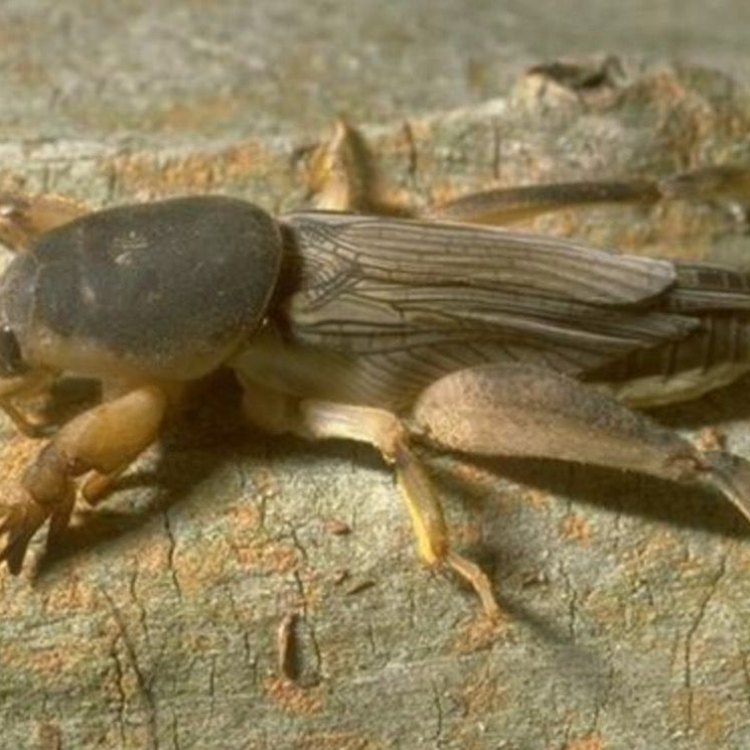
Mole Cricket
- Adult Size: Medium
- Average Lifespan: 1 to 2 years
- Reproduction: Sexual
- Reproductive Behavior: Mating calls
- Sound or Call: Chirping
- Migration Pattern: Non-migratory
- Social Groups: Solitary
- Behavior: Nocturnal
- Threats: Predators, habitat loss
- Conservation Status: Not evaluated
- Impact on Ecosystem: Aerate soil, nutrient recycling
- Human Use: None
- Distinctive Features: Front legs modified for digging
- Interesting Facts: Can be mistaken for moles due to their burrowing habits
- Predator: Birds, small mammals
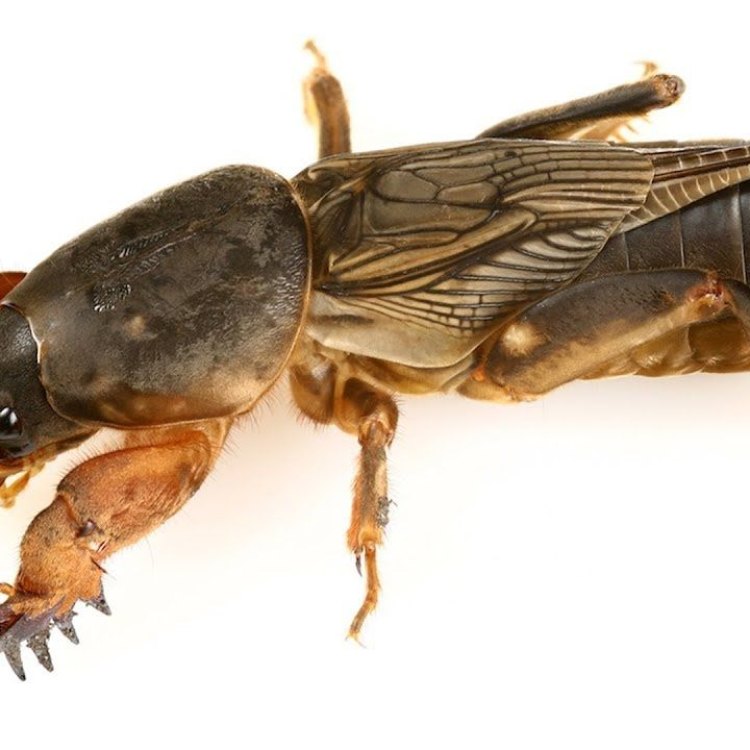
Gryllotalpidae
The Fascinating World of Mole Crickets
In the depths of the soil, underground tunnels and chambers are being meticulously crafted. But it’s not by a tiny army of ants or termites, it’s by a relatively unknown insect – the mole cricket. These fascinating creatures are not as well-known as their above-ground counterparts, but they play a crucial role in our ecosystem. So let’s delve into the unique features and behavior of mole crickets and discover why they are truly remarkable creatures PeaceOfAnimals.Com.The Basics: Size, Lifespan, and Reproduction
As their name suggests, mole crickets are part of the cricket family and their distinctive feature is their front legs, which have evolved to become shovel-shaped for digging in the soil. They can reach an adult size of around 5 cm, making them a medium-sized insect. Mole crickets are found all around the world, with over 100 species identified.The average lifespan of a mole cricket is 1 to 2 years, with some species living for up to 3 years. They reproduce sexually, with males and females engaging in a courtship ritual before mating. The males use their front legs to create a mating call, similar to other crickets. This call is mainly used to attract females, but it also has a territorial function, signaling to other male crickets that the area is occupied.
The Chirping Symphony of Mole Crickets
One of the most interesting behaviors of mole crickets is their use of sound or calls. Unlike other crickets that produce their characteristic chirping sound by rubbing their wings together, mole crickets use their front legs to create a chirping sound Macaque. This unique adaptation is due to their underground lifestyle, as their wings are not suitable for producing sound in the confined space of the soil.Their chirping is not only used for mating calls but also for communication within their social groups. Each species has its own distinct call, allowing them to recognize their own kind and avoid potential competition or conflicts.
Nocturnal and Solitary Behavior
Mole crickets are primarily active at night, making them nocturnal creatures. They spend their days in underground tunnels and chambers, only coming to the surface at night to forage for food. This behavior allows them to avoid direct sunlight and predators, as well as conserve moisture in their bodies.They are also solitary creatures, with each individual occupying its own burrow system. These burrows can extend for several feet underground and are composed of various chambers for different purposes, such as sleeping, feeding, and mating.
Predators and Threats
As with any other creature, mole crickets have their fair share of predators. Birds and small mammals like moles, shrews, and mice are known to feed on mole crickets. However, their burrowing lifestyle and nocturnal behavior make them a challenging prey to catch, and their strong jaws can inflict a painful bite if necessary.Their most significant threat, however, comes from habitat loss. As humans continue to expand and develop land, mole crickets and other burrowing insects lose their homes and food sources, making their survival challenging.
A Valuable Contributor to the Ecosystem
Along with their unique behaviors and features, mole crickets also play an essential role in our ecosystem. Their burrowing activities help aerate the soil and enhance its structure, allowing for better water and air circulation. This benefits plants and other organisms living in the soil, and the tunnels and chambers created by mole crickets also serve as natural fertilizer for the soil.Mole crickets also contribute to nutrient recycling, as they feed on dead plant material and recycle it back into the soil. This helps maintain the balance in the nutrient cycle and supports the growth of new plants.
The Mistaken Identity of Mole Crickets
Due to their burrowing habits and similarities in appearance, mole crickets are often mistaken for moles. However, unlike moles, they do not have a molting layer of thick fur, and their front paws are designed for digging, not grasping. Additionally, mole crickets have three pairs of legs, while moles have four pairs.Conservation and Human Use
Despite their important role in the ecosystem, mole crickets are not currently evaluated for their conservation status. This is because they are not a well-known or commercially used species. Unlike other insects like honey bees or silkworms, mole crickets do not have any significant human use. They are not consumed as food, and their chirping sound is not as desirable as other crickets.However, as mentioned earlier, habitat loss poses a significant threat to their survival. As responsible members of this ecosystem, it is essential to consider the impact of our actions on all creatures, including the lesser-known ones like mole crickets.
In Conclusion
In conclusion, with their fascinating behaviors, unique features, and valuable contributions to the ecosystem, mole crickets are truly remarkable creatures. Despite being relatively unknown, they play a crucial role in maintaining the balance of our ecosystem, and their underground world is a marvel worth exploring. Next time you hear a chirping noise at night, you might just have a new appreciation for this tiny, yet mighty, insect – the mole cricket.

The Fascinating World of Mole Crickets: Tiny Insects with Incredible Abilities
Disclaimer: The content provided is for informational purposes only. We cannot guarantee the accuracy of the information on this page 100%. All information provided here may change without prior notice.



